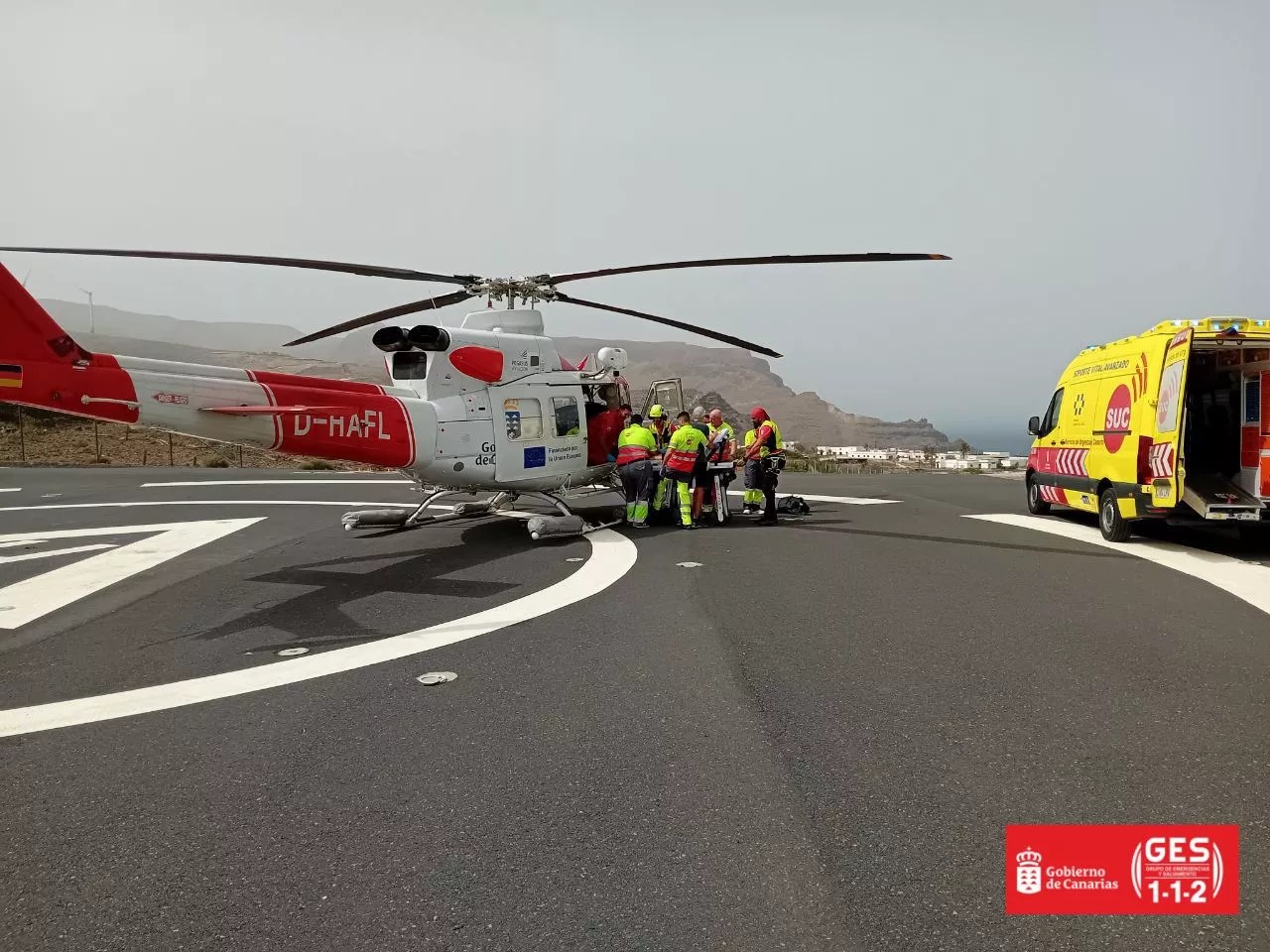
SANTA CRUZ DE TENERIFE, Aug. 23 (EUROPA PRESS) –
The Government of the Canary Islands and the Cabildo de Tenerife are working in a coordinated manner to make resources available for the primary sector affected by the forest fire that broke out on the night of August 15 on the island and which has allowed the evacuation of more of 3,400 animals.
Thus, both administrations have collaborated since then with professional agricultural and producer organizations, federations, associations, companies and individuals to meet the needs of the different subsectors that suffer the effects of this situation.
The Primary Sector and Animal Welfare area of the island corporation has provided the facilities of the Casa del Ganadero, in La Laguna, and the Insular Slaughterhouse, located in Tacoronte, to house the cattle that have had to be transferred from their own farms and farms private cattle ranches due to being threatened by the flames or as a preventive measure against the possible advance of the fire.
Together with the Ministry of Agriculture, Livestock, Fisheries and Food Sovereignty of the Canary Islands Government, the Association of Farmers and Ranchers of the Canary Islands (ASAGA Canarias), the Association of Ranchers of Tenerife (AGATE), the National Association of Tinerfeña Goat Breeders (ACRICATI ), the Federation of Canarian Trawling and the La Laguna City Council, have been involved in locating and making available vehicles for transport, feed and personnel for handling the animals.
These two island facilities house a total of 1,191 head of cattle and other animals.
Thus, the Casa del Ganadero has five horses, three donkeys, one pony, 20 pigs, 765 goats, 115 sheep, five fattening calves, four cows, 100 chickens, two ducks, two turkeys and 40 rabbits, while in the Insular Slaughterhouse a total of 129 pigs are cared for, collects a note from the regional government.
To this figure we must add 2,100 heads that are located in the affected municipalities of the Valle de La Orotava and that have been relocated to farms and private spaces, as well as 129 horses that the Canary Islands Horse Riding Federation has taken care of.
In a visit to the Emergency and Security Coordination Center (CECOES) 1-1-2, the Regional Executive Counselor, Narvay Quintero, thanked the collaboration of the different administrations, entities, and groups and, especially, of the numerous ranchers and ranchers who have selflessly offered their farms and farms to their companions and companions to house the evacuated animals.
“This fire is a tragedy that keeps us in suspense but also shows the most generous and supportive facet of our primary sector, so important and necessary in fire prevention,” he added.
DIFFICULTIES FOR BEEKEEPERS
Quintero also stressed that the Ministry is in permanent contact with the island’s beekeeping associations, which “have reported that there are multiple cases of beekeepers who have not been able to access their farms to proceed with the transfer of their hives due to the proximity of the fire, Added to this is the difficulty of housing them in optimal spaces away from population centers, and the effect of smoke, which can also be fatal for these insects.”
For his part, the island councilor, Valentín González, explained that the Cabildo has enabled a permanent service for the collection of domestic animals in the island refuge of Tierra Blanca, in the municipality of Fasnia, and that different actions have also been articulated and coordinated. of volunteering to distribute food and material donated by volunteers between the spaces dedicated to the rehousing of animals.
In addition, technical service and rural development personnel from this institution have been made available to the affected municipalities for the assessment of the effects on farms in the area of influence of the fire and logistical support, once the fire has been controlled.
The Canarian Government has also offered the Tacoronte City Council the residence of the Agricultural Training School to house people who have had to be evacuated from their homes.
The two heads of the primary sector coincided in emphasizing that both administrations will continue to closely monitor the evolution of the fire and the needs of the derived sector “until the last animal is relocated to its farm.”
















